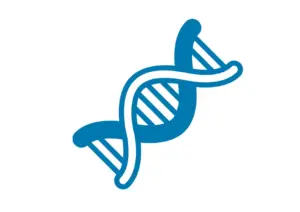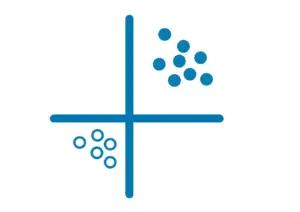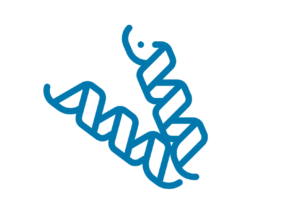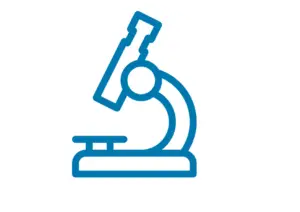
Welcome to the BioInformatics Ɔompetence Center
A wide range of expertise to advance your projects

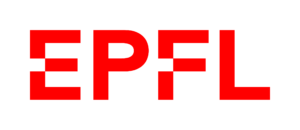
Who are we ?
Life Science research generates a lot of data that is increasingly more complex to analyze and visualize. Lab scientists do not always have the skills and experience to do it accurately and rapidly, whereas competition is fierce and pressure for rapid publication is high.
This is where the UNIL-EPFL bioinformatics competence center (BICC) can help:
Our staff is composed of seasoned scientists, collectively able to organize, analyze, visualize and put in context any large-scale dataset, such as genomic, proteomic, lipidomic, cytometry, images and protein structures, as well as develop custom pipelines, algorithms and web sites.
For who?
Our services are available to all researchers and facilities, regardless of their academic affiliation.
Over the years, we have worked with scientists from UNIL, EPFL, CHUV and some other institutions, and are co-authors on over 50 publications, covering a wide range of topics (human diseases, genome assembly, chromosomal organization, environment and evolution, bacterial resistance—to name a few).
Since each dataset is different, we assign one or several analysts to work closely with you and your team and we use or adapt existing analysis protocols or develop new ones specifically for each request to make sure we extract the most useful information from your data as quickly as possible.
Do not hesitate to contact us ( Nicolas.Guex@unil.ch and Christian.Iseli@epfl.ch ) so that we can plan a zoom meeting to discuss your needs and come up with a tailored analysis plan.
Expertise
Click on the boxes below to see practical examples of our contributions:
How do we solve your problems?
- Contact: Write us an email describing your project and how we can help you.
- Meeting: A first meeting is organised to discuss the project and our contribution. We can assist with setting up a strategic data collection plan.
- Collaboration : Tight collaboration and meetings throughout our work on the project.
- Results sharing : Final analysis and methodology summary is sent to you.
How long / much?
- Each request is treated individually to ensure a custom pipeline that fits the specific project needs.
- The time and exact costs depend on the project.
- The center operates with a service fee, in line with SNF regulations.
What are our guidelines?
Please take note of our guidelines if you wish to work with us.
